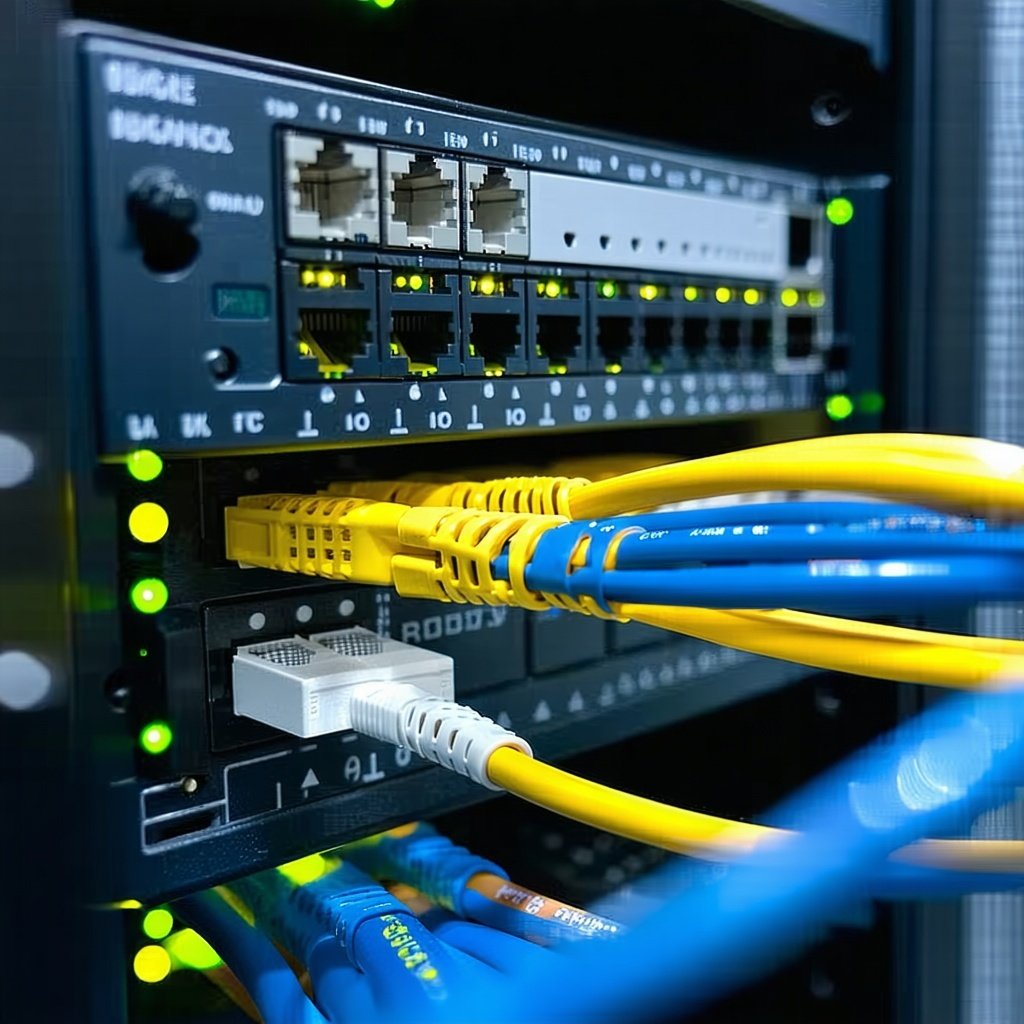1 min read
Category 2 E-Rate Budget Cycle: What Schools and Libraries Need to Know for FY2026–2030
The Federal Communications Commission (FCC) has released new E-rate guidelines for the upcoming five-year category 2 budget cycle, and it’s good news...



